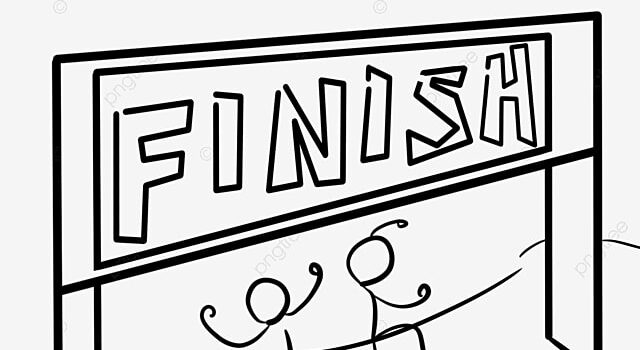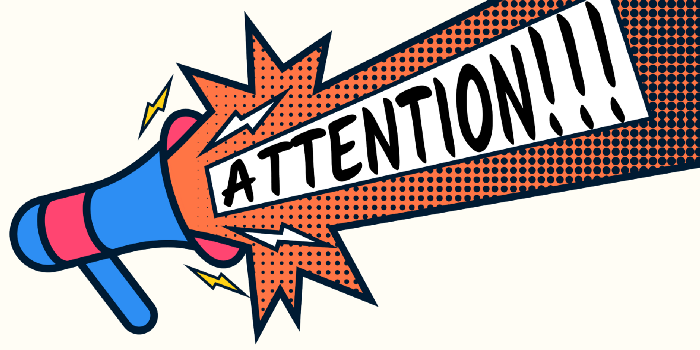Submit your paper here to be reviewed by me as a draft. There is no grade for this submission. Once you receive my feedback, you may re-submit as a final paper.
DUE DATE: December 8th, 11:59 pm
WORD COUNT: 2000‐2500 words
Include the word count at the top of your first page
REQUIRED REFERENCES:
- At a minimum of 7 references in total
- 5 peer-reviewed academic publications or more other works such as newspaper articles, government reports, census data reporting
- APA reference format
- Reference page
PAPER
The audience for your paper: To help you write this paper, imagine that you are sharing this information with a new transplant or tourist to NYC who seeks to learn more about the criminal justice issues facing each borough and the local neighborhoods. What would type of info would you share with this person?
Your final paper should cover the following points:
- Make certain that your paper has a title!
- Introduction/background info
- A general overview of the problem and background info on the issue and your neighborhood.
- Literature review: Here, you should use the articles from your annotated bib. What have the experts found to be true regarding your research question/topic area?
- Neighborhood description
- Narrative description of the neighborhood
- Statistical data about the extent of the problem
- Conclusion/Recommendations: Do you have any recommendations on how to best address the problem or issue you presented in your research question?
- Reference page
Paper length: at least 2,000 words, double‐spaced
Font size 11‐12
Use page numbers
Tip: The paper should have headers and sub-headers to distinctly separate different sections of the paper. These headers help to guide the reader on the topics to be presented next. When creating headers, think about these questions:
- What is this paragraph about?
- What is the most important part about this paragraph?
- What do I want the reader to take from this paragraph?
For example, for your literature review section, you may want to create a title that relates to the peer‐reviewed articles you reviewed, such as:
Header: Gangs and gun violence
Subheader: Gun violence in Brooklyn





